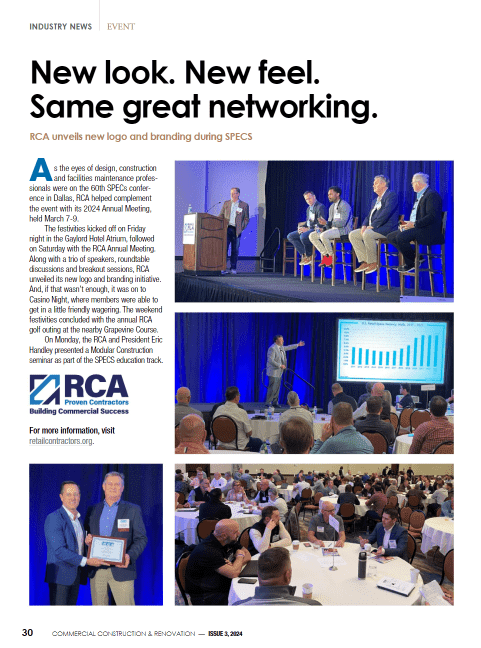Do you know how a valve works? Everyone knows how to use them, but how do they really work? What are the different types of valves? Do we use them daily and even when we are not aware of them? Below is some important information you need to know about valves, that you might find helpful.

What is a Valve?
Initially invented in the 14th century, modern-day valves are usually made of special metals and plastics to withstand pressure and heat. Valves are mainly used to regulate the flow of liquids and gases, as well as controlling temperature, water content, etc. They are the most important part of any plumbing system we use in our day-to-day activities, especially Rexroth valves.
Being one of the main components of a hydraulic system, the general operation principle, the function, number of connections, and switching positions, will be provided by the hydraulic symbols. Valves come in all shapes and sizes. They are available in a wide variety of materials such as brass, plastic, and steel and are used in various industries. Like every other machine or tool that we use, valves require regular oiling to maintain their efficiency and safety for years together.
How are Valves Made?
The valve body usually contains a stem that fits into the seat and has an end the extends past the end of the valve where it can be opened or closed by turning a knob. The stem is hollow and there are also holes in the side of the valve to enable steam or water to pass through.
Before steam is passed through, a packing material called PTFE, which stands for Polytetrafluoroethylene, is inserted into the hole to ensure that there are no leaks.
The packing is made from fiberglass impregnated with PTFE, and it’s very resistant to high temperatures as well as wear and tear. Once you know how valves work, you learn how important valves are to the industry,
What are the Main Categories of Valves?
Directional Control Valve
All valves are designed for controlling and diverting the fluid flow. DCVs allows the flow to be directed either fully closed, fully open, or anywhere in between. DCVs are used to flow fluid from one or more sources into one or more paths. A vast majority of DCVs are pressure-actuated, which means they’ll allow flow if a certain pressure threshold is met, allowing it to stop once the pressure falls below that threshold.
Pressure Control Valve
Pressure-control valves (PCVs) are integral to the safe operation of many hydraulic systems. PCVs not only maintain safe operating pressures and flows in a system, but they also can be used to signal an external device, monitor system activity, and regulate flow. PCVs are controlled by mechanical, hydraulic, electronic, or pneumatic means.
There are two basic types of pressure control valves: spring-loaded internally piloted pressure-control valves and externally guided, pilot-assisted pressure-control valves. The internally piloted valve uses an inlet spring to move a poppet valve spool in response to the hydraulic pressure.
The externally guided, pilot-assisted type employs an external pilot device for activating a valve spool. One end of the spool is attached to a control rod that moves the spool through the regulator mechanism and into an exact position as determined by the position of the control rod.
Flow Control Valve
Flow Control Valves, also referred to as control valves are widely used in industrial applications and commercial operations. The valves are used to regulate the flow or pressure of a fluid. Most flow control valves are of the actuated variety and can be fully automatic, partially automatic, or manual. Flow control valves are commonly used to regulate water, natural gas, boiler feed-water, pulp & paper manufacturing processes, and more.
How Does a Valve Work?
Valves are used in nearly all modern devices including cars, planes, computers, power turbines, etc. to regulate the flow of fluids and gases. These conduits carry all sorts of combustible gases and liquids that can heat up to very high temperatures or cause severe injury if they leak or burst.
A valve is necessary for safety reasons and convenience: you don’t want the water heater to spring a leak, for example. Depending on how they’re designed, a valve can either stop the fluid flow altogether or allow it through in smaller increments.

Valve lubrication, also known as grease, is an important part of valve repair. Valve lubricants may be synthetic or organic, and their primary function is to minimize surface-to-surface friction between the valve’s moving parts. The surfaces can quickly wear out if they are not lubricated.






 The 2024 virtual Men’s Round Table will be held Q4, 2024, date TBD.
The 2024 virtual Men’s Round Table will be held Q4, 2024, date TBD.











